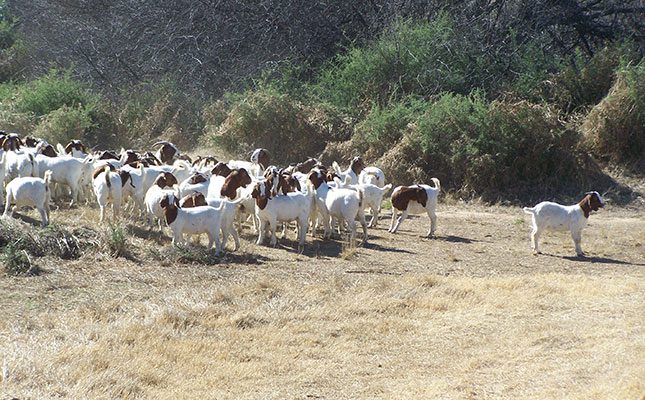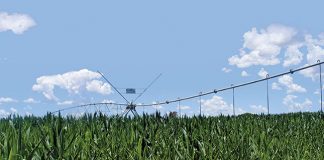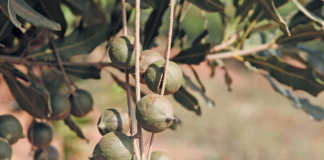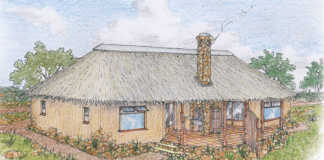
I recently received an angry email from a farmer who wanted to know why his livestock, in this case Boer goats, had died after being imported from Namibia and South Africa. His point was that these goats were not as hardy as I had suggested in a previous column.
It’s difficult to ascertain precisely why this particular farmer’s goats died without better understanding how and where these goats were farmed.
Nonetheless, the first step for you as a buyer is to ensure that the livestock you purchase comes from a biome or climatic zone similar to the one in which you farm.
Dry vs wet conditions
To use goats and Namibia as an example, vast regions of that country are covered by bush, and the climate is generally dry compared with some other biomes in Africa, where grasslands often predominate, and heavy rain and wet conditions may be the norm.
Livestock adapted to browsing bushy plants in a dry desert biome will probably struggle to adapt to grassland grazing that may be wet for lengthy periods during the year.
Different regions and biomes present different challenges. Here are some important examples:
- Different ectoparasites: In South Africa, for instance, livestock from areas free of heartwater should never be transferred to areas where ticks that transmit heartwater are endemic. ‘Blocking’ techniques, where certain drugs are administered to newly introduced and unadapted animals, are available, but these don’t always work and can result in the overuse of strong livestock medicines.
- Different livestock diets: Livestock accustomed to browsing certain bush species, and thus used to extracting specific nutrients from such vegetation, may struggle to suddenly adapt to grasses or bushes with a significantly different nutrient make-up.
Even cattle or sheep breeds that go from sourveld to sweetveld areas and vice versa can have a hard time adapting. Livestock farming regions differ greatly, and farmers need to know which nutritional supplements are required for their particular area, as well as for the type of animals being farmed, as each type has its own nutritional and even drinking-water needs. For example, the Blackhead Persian sheep, which is typically farmed in arid biomes, requires far less water than the SA Mutton Merino. - Different weather conditions: Humid farming areas will almost certainly have more disease-causing ectoparasites such as mosquitoes, flies and ticks than arid desert areas do. Livestock used to a wet environment may have built up a level of resistance against debilitating conditions such as footrot, while desert animals may be highly susceptible to such conditions if suddenly placed in a humid region. Different biomes often mean, too, that different internal parasites, such as wireworm, are more prevalent. Farmers need to be aware of the symptoms and know how to treat infected animals.
Medicating in a high-risk area
Some breeders and experts suggest that the use of livestock medication or vaccines be reduced or even stopped altogether, as these may harm the inherent immunity of a
flock or herd.
But I have found it beneficial to use certain vaccines, dips and drench doses on livestock that I believe may be exposed to parasites (both external and internal) they are unaccustomed to. I recommend doing this particularly in a high-risk area, where livestock from unknown backgrounds mingle.
I usually dip and dose livestock at the change of the seasons, because different weather conditions trigger the emergence of different parasites.
Managing the environment
The way in which livestock is kept can also affect their well-being. I have noticed that while sheep and cattle can be placed in feedlots, goats prefer open natural spaces. I have found feedlotting or kraaling them for lengthy periods can cause a number of health problems such as coccidiosis, lung infections, and scours (diarrhoea).
Finally, if you have livestock from a different biome to your own, visit your local farmer supply store and buy injectable or drench dose trace element and vitamin supplements that can help the animals that may be suffering shortages of these essential elements.
Shane Brody is involved in an outreach programme aimed at transferring skills to communal farmers.











